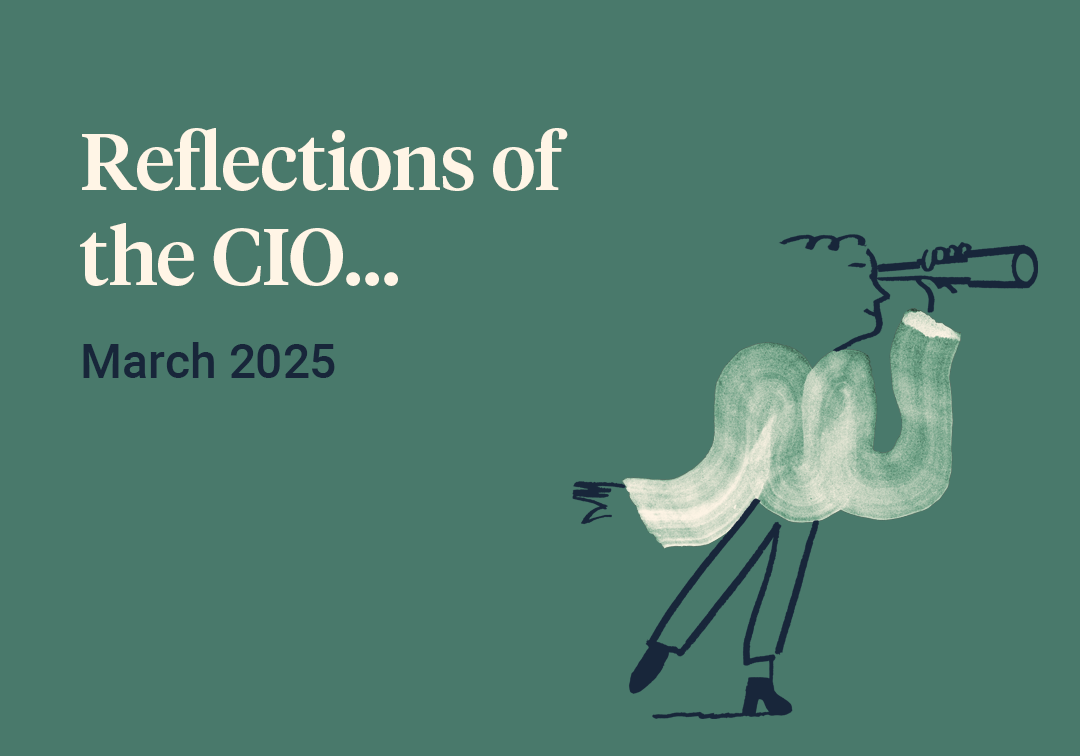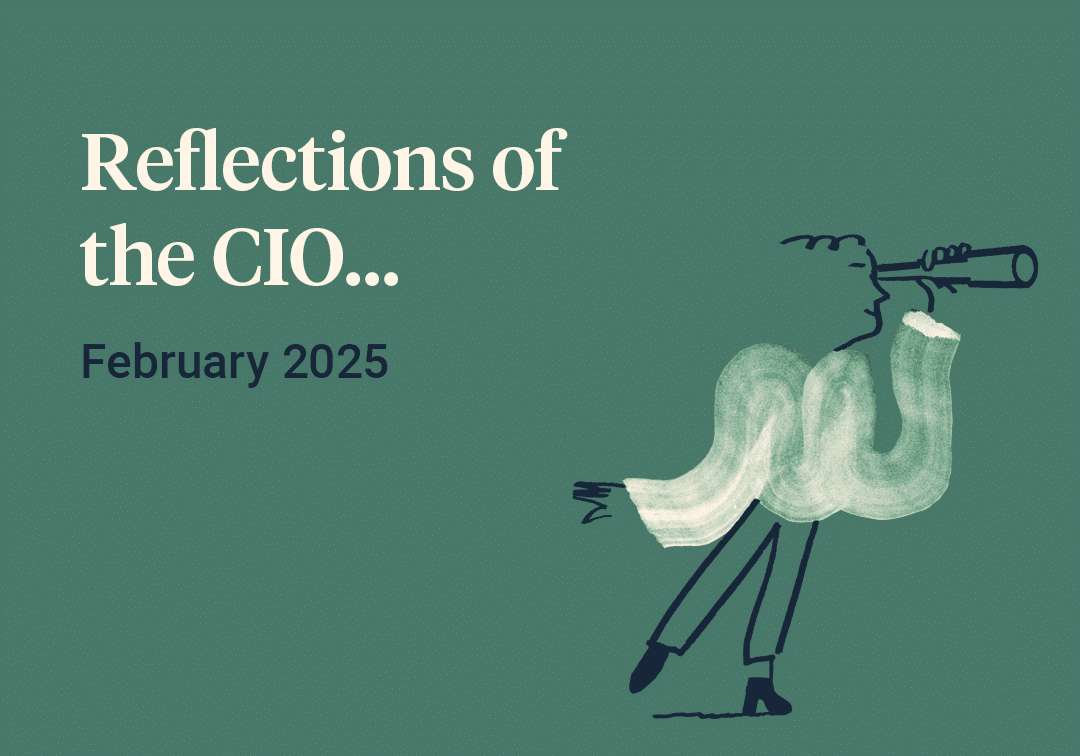The last month of summer was in many ways a microcosm of the year so far, with performance waxing and waning as perceptions shifted on the core issues of inflation, growth and interest rates. The early weeks of August were optimistic, with sentiment buoyed by evidence of inflation peaking in the USA, and also by signs that the Chinese economy was emerging from its self-induced torpor. Markets rose as investors assumed the rapid tightening of monetary policy would do the job of controlling inflation, allowing a quick ‘pivot’ in policy back to easier, more investment-friendly conditions next year. That such a view could take hold in the space of a month around such a fiendishly complex issue as inflation was undoubtedly a nice idea to take to the beach in summer, but sadly also one which didn’t stand up well to scrutiny.
The bubble of summer optimism was popped by some very aggressive language from Chairman Powell of the Federal Reserve in the final days of August. By stating that his “overarching focus is to bring inflation back down to our 2% goal’’ and that this would be done by taking “forceful rapid steps to moderate demand’’, Chairman Powell brought the summer rally to a halt and sent markets across the world into reverse. By the end of August, equities and bonds were down roughly -4%, oil around -11.2% and gold -2.5%. The pivotal US 10 year bond yield moved back above the 3% level to end at 3.13%.
As we write, investors have moved on from hoping for an early pivot to easier monetary conditions, and instead are concentrating on the growing impact of the 236 interest rate hikes this year already, across 80 central banks globally. This trend of interest rate increases across the world is now firmly established and will not change until much more evidence of slowing inflation is available. Encouragingly, we can say that this evidence is beginning to emerge in the key US economy, but we must also note that it will probably take until well into next year for policymakers to be convinced that the tide has truly turned.
The current inflation and growth risks are what could be described as ‘known unknowns’ and as such are a well-established part of investment life. The risks your investment committee really worries about are harder to see – or the ‘unknown unknowns’ to continue the analogy. In particular, the impact of a reduction of support to bond markets from central bank buying of securities (quantitative tightening or QT as it is called) is a big negative influence on investment conditions, which operates in a largely unseen and difficult to understand manner. There is a very obvious risk that this policy will somehow, somewhere, introduce stress into global funding markets and whenever that has happened before, some link in the global financial chain is usually found wanting. In essence, we think that QT is the ‘invisible channel’ through which a policy mistake could be transmitted, although we have to say that, so far, there aren’t any signs of undue stress that we can see. Nonetheless, this is a key risk to monitor as we head into the end of the year, and we will write more on the topic in the weeks ahead.
Do you need help managing your investments?
Our team can recommend an investment strategy to meet your financial objectives and give you peace of mind that your investments are in good hands. Get in touch to discuss how we can help you.

Balancing out these risks there are also quite a few opportunities which the bumpy, idiosyncratic recovery from the Covid era is offering. Geographically, Japan is standing out as not only a country in which monetary policy is loose compared to tight elsewhere, but also one which is enjoying a cyclical economic bounce brought about by a later release from Covid restrictions, compared to what we had in the UK. Tantalizingly, there is also a growing body of evidence that there are now credible, longer term structural reasons for investing in Japanese assets after a multi decade period of being in the doldrums. Reforms introduced nearly a decade ago are now showing up in improved corporate performance and governance, but which are not yet reflected in valuations when compared to international peers. It’s early days to make such a profound call that Japan really has turned a structural corner, but we think there is enough there to keep a decent exposure in portfolios, whilst investigating further.
Another balancing factor to the current set of macro risks is the much more neutral speculative positioning in assets such as commodities, potentially allowing structural supply/demand factors to take over as the key driver of returns. We have reflected this by opening small positions in copper where possible, as this particular commodity has a key long term role to play in the push towards a lower carbon world.
As the back to school period comes to a close the outlook remains much as it has been prior to the summer holidays. The battle to control inflation in a world of messy geopolitics and strained government finances is the key market issue and it remains too early to call if this battle has been won or lost. Different parts of the world also have their own, local specific issues (e.g. Covid policy in China) and these differences in turn show up in the relative valuations of regional assets. For a global investor this means that the offset to this set of complicated global risks is a wide set of opportunities. Weaving these opportunities together into a portfolio which is both resilient to stress and capable of delivering solid returns is the day job of your investment committee and, as we write, we still feel that despite the volatility and gloom, it is something that is achievable heading into the future.
Do you need help managing your investments?
Our team can recommend an investment strategy to meet your financial objectives and give you peace of mind that your investments are in good hands. Get in touch to discuss how we can help you.

Article sources
Editorial policy
All authors have considerable industry expertise and specific knowledge on any given topic. All pieces are reviewed by an additional qualified financial specialist to ensure objectivity and accuracy to the best of our ability. All reviewer’s qualifications are from leading industry bodies. Where possible we use primary sources to support our work. These can include white papers, government sources and data, original reports and interviews or articles from other industry experts. We also reference research from other reputable financial planning and investment management firms where appropriate.
The views expressed in this article are those of the Saltus Asset Management team. These typically relate to the core Saltus portfolios. We aim to implement our views across all Saltus strategies, but we must work within each portfolio’s specific objectives and restrictions. This means our views can be implemented more comprehensively in some mandates than others. If your funds are not within a Saltus portfolio and you would like more information, please get in touch with your adviser. Saltus Asset Management is a trading name of Saltus Partners LLP which is authorised and regulated by the Financial Conduct Authority. Information is correct to the best of our understanding as at the date of publication. Nothing within this content is intended as, or can be relied upon, as financial advice. Capital is at risk. You may get back less than you invested. Tax rules may change and the value of tax reliefs depends on your individual circumstances.
Related blog posts
About Saltus?
Find out more about our award-winning wealth management services…
Winner
Best Wealth Manager
Winner
Investment Performance: Cautious Portfolios
Winner
Top 100 Fund Selectors 2024
Winner
Best Places to Work 2024
£8bn+
assets under advice
20
years working with clients
350+
employees
97%
client retention rate


